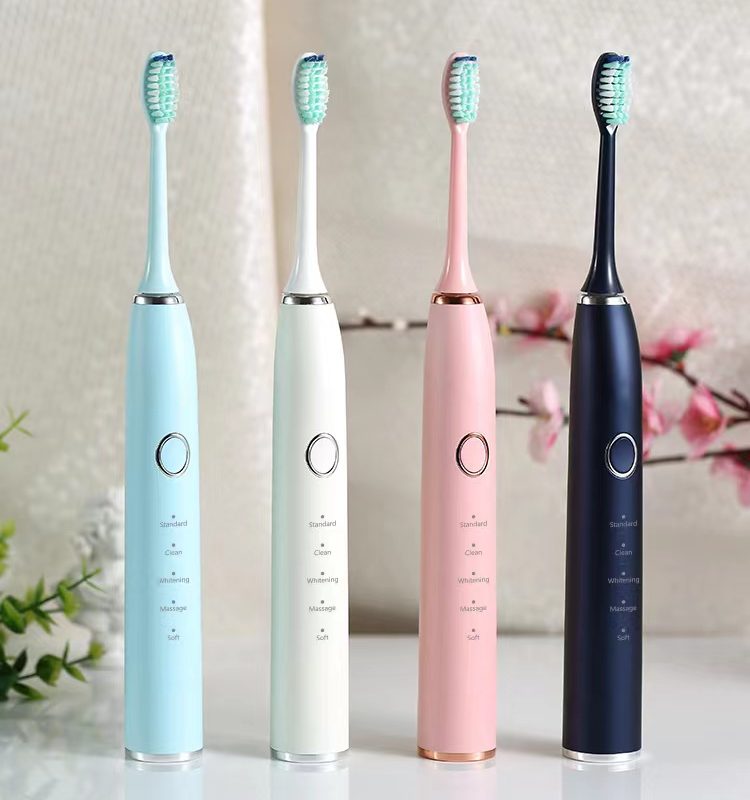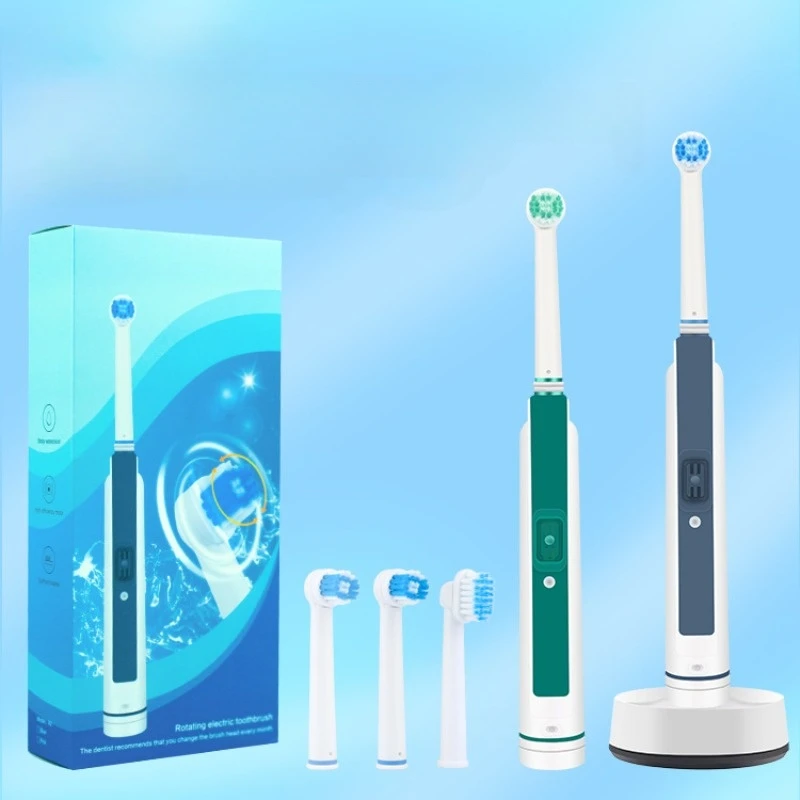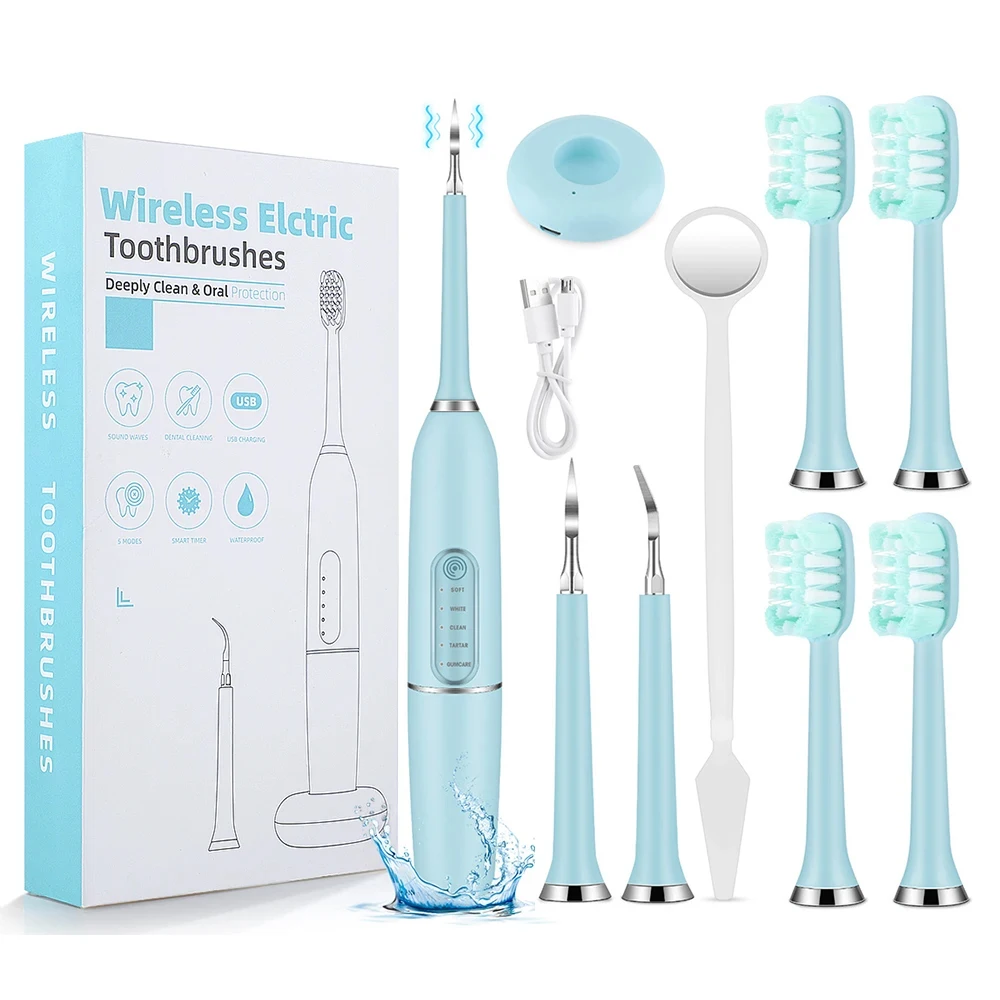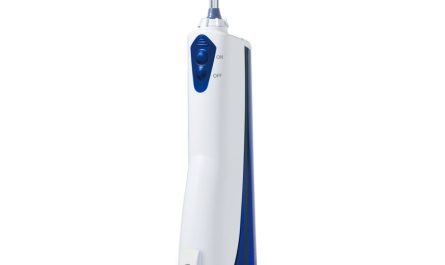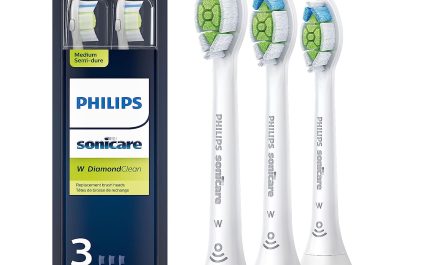Tooth extraction can be a daunting experience, whether it’s due to decay, infection, or orthodontic reasons. After the extraction, maintaining proper oral hygiene is crucial but can be tricky. One common question that arises is, “Can I use an electric toothbrush after tooth extraction?” In this comprehensive guide, we will explore the various aspects surrounding this query, ensuring you have all the necessary information for a safe recovery.
Understanding Tooth Extraction
Tooth extraction involves the removal of a tooth from its socket in the bone. This procedure can be necessary for several reasons, including severe decay, gum disease, overcrowding, or preparation for dental implants. After a tooth is extracted, the body initiates a healing process, which typically includes blood clot formation in the socket. This clot is critical for healing, as it helps to protect the underlying bone and nerves.
Common Reasons for Tooth Extraction
- Severe Tooth Decay: When a tooth is too damaged to be repaired with a filling or crown, extraction may be necessary.
- Overcrowding: Sometimes, extractions are performed to make space for alignment purposes, especially in orthodontics.
- Periodontal Disease: In advanced stages of gum disease, teeth can become loose, leading to extraction.
- Impacted Wisdom Teeth: Wisdom teeth often emerge improperly, necessitating their removal to prevent complications.
The Healing Process After Tooth Extraction
Stages of Healing
After a tooth extraction, your body goes through several stages of healing, which include:
- Blood Clot Formation: This is the first and most crucial stage. The clot forms within a few minutes to a few hours after extraction. It serves as a protective barrier.
- Tissue Regeneration: Over the next few days, epithelial and connective tissues will start to form over the clot, initiating the healing process.
- Bone Remodeling: Eventually, the bone will undergo remodeling to fill in the socket. This process can take weeks or even months.
Importance of Post-Operative Care
Proper care after a tooth extraction can greatly influence the healing process. Failing to follow post-operative instructions can lead to complications like dry socket, infections, and prolonged discomfort. Keeping the extraction site clean is essential, but how you do this is crucial, especially concerning the use of an electric toothbrush.
Can I Use an Electric Toothbrush After Tooth Extraction?
General Recommendations
Typically, dentists advise patients to avoid vigorous oral hygiene practices immediately after tooth extraction. This includes the use of electric toothbrushes. Here’s why:
- Suction and Motion: Electric toothbrushes have a more vigorous cleaning motion that might disturb the blood clot formed at the extraction site.
- Vibration: The vibration from an electric toothbrush could irritate the socket and surrounding tissues, leading to complications.
- Rinsing: It’s usually recommended to avoid rinsing your mouth heavily within the first 24 hours of extraction, making the use of an electric toothbrush counterproductive.
When is it Safe to Use One?
Depending on your healing progress and the dentist’s advice, many professionals recommend waiting at least 3 to 5 days before reintroducing the electric toothbrush. Always consult with your dentist for personalized guidance. Here are more details on this timeline:
- First 24 Hours: Avoid using any toothbrush, electric or manual, for the first day. This allows the blood clot to stabilize.
- Days 2 to 3: Begin with gentle brushing of your other teeth. If you’re using a manual toothbrush, opt for a soft-bristled option. Avoid the extraction site entirely.
- Days 4 to 5: If you’re feeling comfortable and your dentist gives the green light, you may consider using your electric toothbrush, but with caution. Use the softest setting and avoid the extraction area.
- Follow-Up: During your follow-up appointment, evaluate your healing progress with your dentist. They will provide advice on when it is fully safe to return to your normal dental care routine.
Alternatives to Using an Electric Toothbrush
If you’ve recently had a tooth extracted and are concerned about oral hygiene, consider the following alternatives:
Manual Toothbrushes
Switching to a manual toothbrush can help you maintain oral hygiene without the risk associated with the vigorous action of an electric toothbrush. Choose a soft-bristled brush to minimize irritation around the extraction area.
Gently Rinsing
For the first 24 hours, avoid rinsing your mouth. After that, you can start using a saline rinse or a prescribed mouthwash, being careful not to swish aggressively, as this might dislodge the blood clot.
Maintaining Hydration
Staying hydrated is important for overall health and can also aid in healing. Drinking ample fluids ensures that your body has the resources it needs to recover successfully.
Dietary Adjustments
Eating soft foods after extraction can help minimize discomfort while taking care not to irritate the extraction site. Foods like yogurt, applesauce, and mashed potatoes can be beneficial during this period.
Listening to Your Body: When to Seek Help
If you’re uncertain whether it’s safe to use your electric toothbrush, always listen to your body. If you experience any of the following symptoms after your extraction, it’s essential to consult your dentist:
- Excessive Bleeding: If you continue to bleed from the extraction site beyond the first few hours, seek dental advice immediately.
- Severe Pain: While some discomfort is normal, sharp or intense pain can indicate complications.
- Signs of Infection: Fever, swelling, and pus are signs of infection that require immediate attention.
Tips for Post-Extraction Oral Care
Ensuring a smooth recovery involves sticking to a few guidelines:
- Stick to Soft Foods: For the first week, eat soft foods and avoid crunchy and hard items that may irritate the extraction site.
- Keep Hydrated: Drinking water can aid in healing and help to keep your mouth moist and comfortable.
- Use Ice Packs: Applying ice packs to the outside of your jaw can reduce swelling and discomfort.
- Follow Dentist’s Instructions: Always adhere to your dentist’s post-operative care instructions.
Emotional and Psychological Aspects of Tooth Extraction Recovery
The journey post-tooth extraction isn’t just a physical one; it also has emotional and psychological dimensions. Many patients experience anxiety about the healing process. Understanding the body’s healing timeline, maintaining open communication with your dentist, and pacing yourself can help manage your expectations and feelings of unease.
Dealing with Anxiety
If you find yourself feeling anxious after the procedure, consider these strategies:
- Educate Yourself: The more you know about the healing process, the less you’ll fear it.
- Talk to Your Dentist: Communicating your concerns with your dental professional can ease anxieties they might offer reassurance or solutions.
- Practice Relaxation Techniques: Engaging in activities like meditation or deep breathing exercises can help manage anxiety.
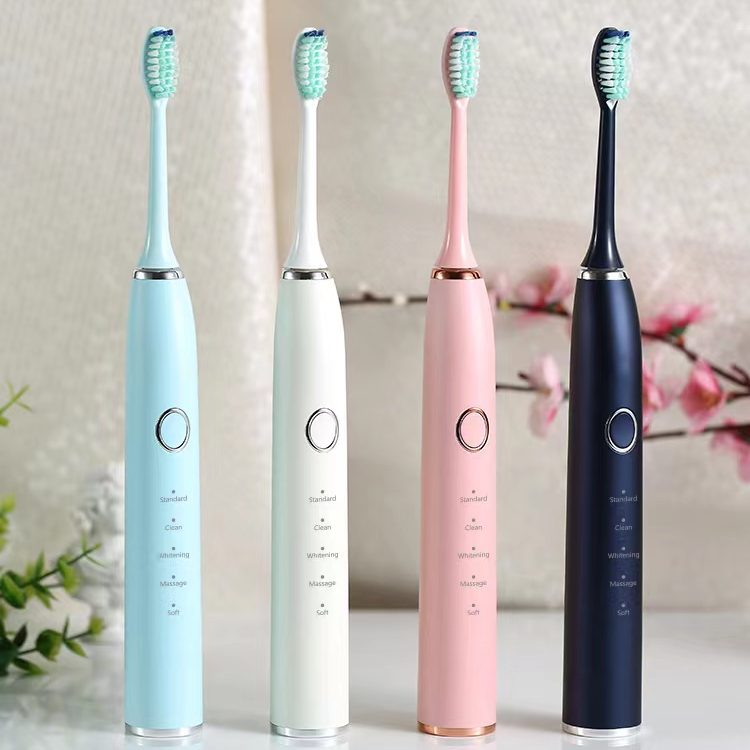 Long-Term Oral Care Following Extraction
Long-Term Oral Care Following Extraction
Once you feel ready to resume using your electric toothbrush, it is vital to develop a long-term oral care routine.
Regular Check-Ups
Making sure to attend regular dental check-ups is critical for long-term oral health. This allows your dentist to monitor your oral hygiene and overall health, catching potential issues before they escalate.
Investing in Quality Dental Tools
Using high-quality dental tools, including your electric toothbrush, can make a significant difference in maintaining oral hygiene. Consider toothbrushes with pressure sensors and soft bristles for a safe and effective brushing experience.
Ongoing Education on Oral Health
Stay informed about the latest research and recommendations for oral health to continue taking good care of your teeth and gums.
Conclusion
In conclusion, the question, “Can I use an electric toothbrush after tooth extraction?” leads to a complex answer involving several factors such as healing time, blood clot stabilization, and post-operative care. While it is advisable to avoid electric toothbrushes for the first few days after extraction, a gradual reintroduction may be possible with your dentist’s guidance. By adhering to your dentist’s recommendations and taking care of your oral hygiene, you can ensure a smooth recovery and maintain long-term dental health. Always consult your dental professional for tailored advice to your specific situation, ensuring your recovery process is as smooth as possible.

